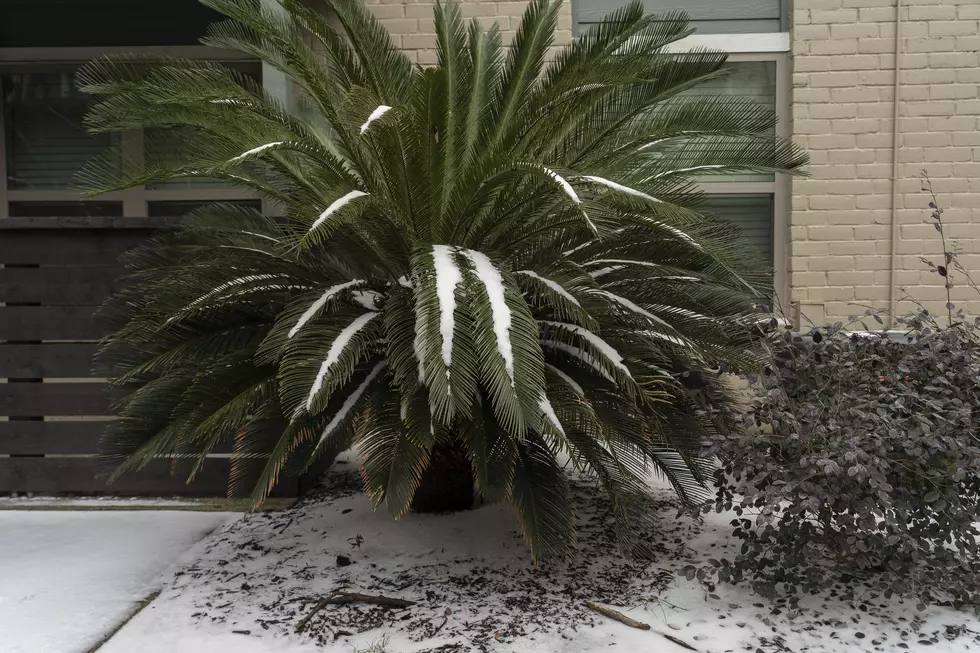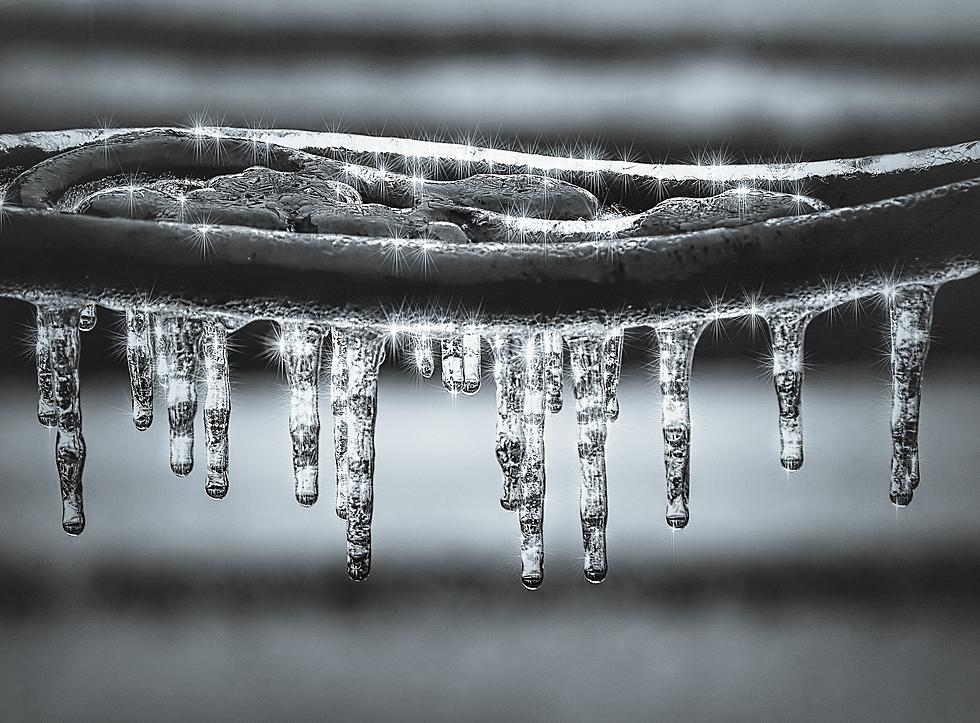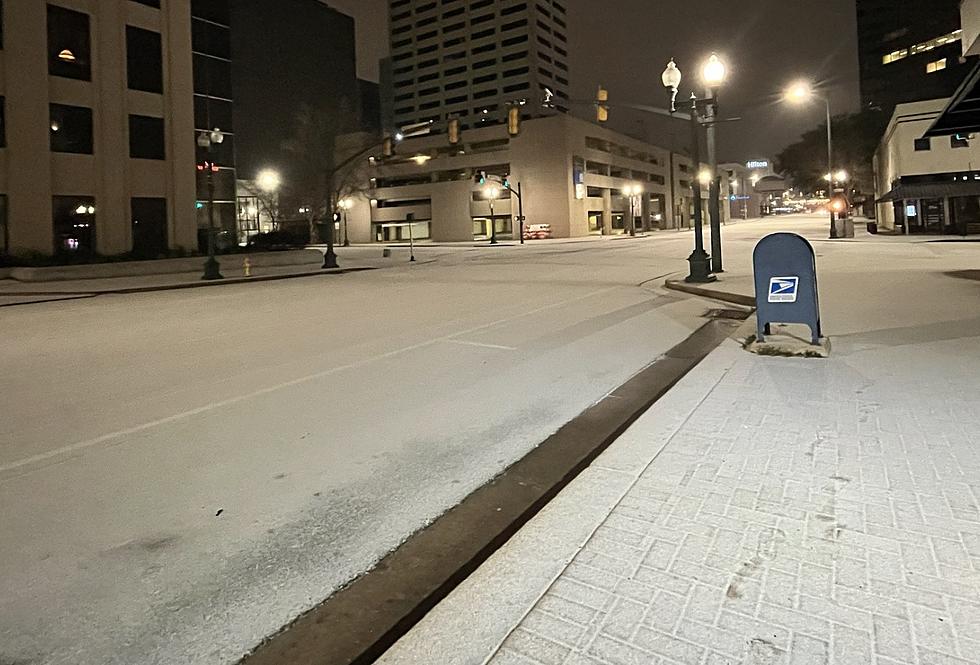
Palm Turned Brown After the Freeze, What to Do Now
The fridged temperatures that hit the south recently, turned even the hardiest palms brown literally overnight. Hopefully, small palms made their way inside with a little help from you, but what about the medium to large palms that had to stay outdoors? Are they dead? What can you do to help them come back?
To minimize freeze damage to medium to large palms, it a good idea to try to cover them with plastic when cold temperatures are accompanied by freezing rain and snow. If temperatures drop without rain, a blanket does very well. Also, watering your palm before a freeze will help protect it.
But if your Areca, Sabal, Pindo, Pygmy Date or Coconut palm is already brown, the damage is done. Pindo and Sabal palms can generally tolerate temps down to 15 degrees. But the extended cold weather to hit Louisiana dropped below 15 degrees in some areas. Not only that, the temperature was in the teens and 20s for an unusually long period of time. So what do you do now?
Without having an arborist take a look, you can't be 100% sure your palm is still alive but according to blog.davey.com there are 3 things you yourself can look for.
- If your palm is brown, don't do a thing. You'll have to wait and see if it sprouts new growth on its own.
- If your palm has even the slightest bit of green, that's a good sign. If there's green, there's a chance it will come back.
- Make sure it's fertilized but not overly. When fronds dry up and completely die, remove them. But only if they are completely dead. Remember, new fronds can take months to come in, be patient.
Nature Trails in Acadiana the Entire Family Can Enjoy
More From 99.9 KTDY









